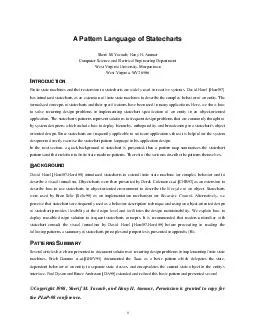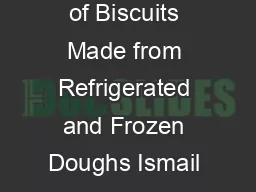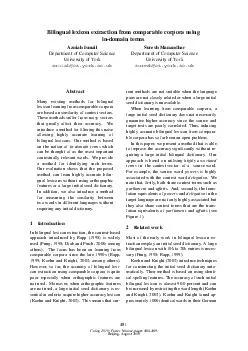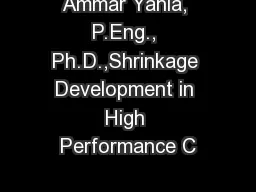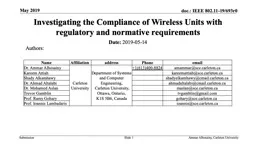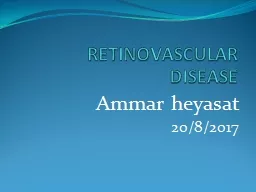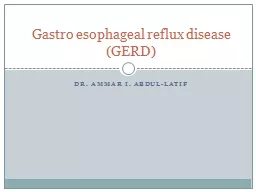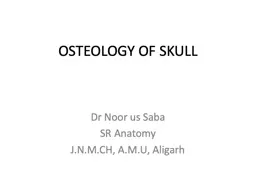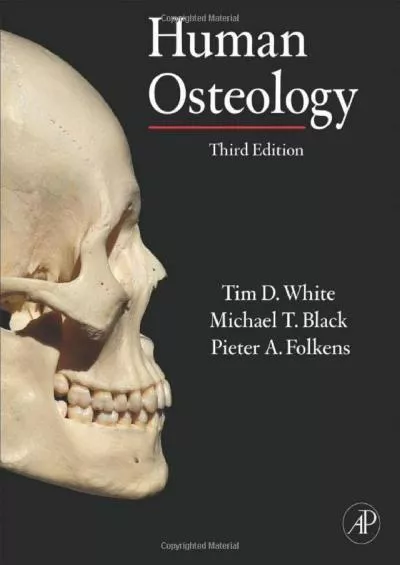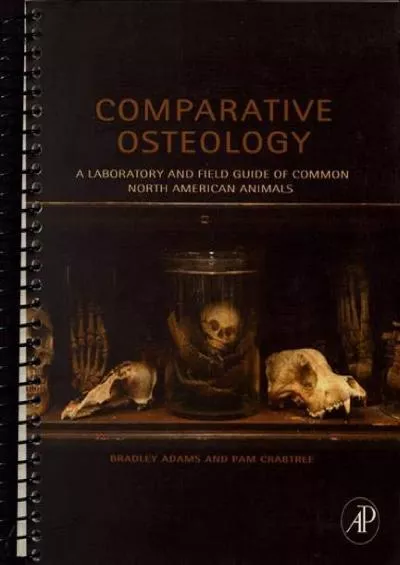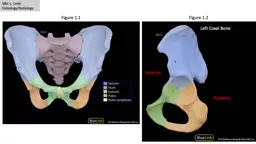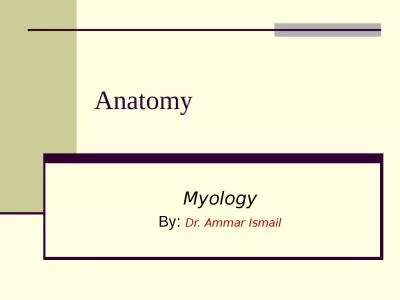PPT-Osteology By: Dr. Ammar Ismail
Author : mackenzie | Published Date : 2023-07-22
Anatomy 1 Osteology Study of anatomical structures bone cartilages and the skeleton which formed by these structure 2 Bones of thoracic limb include Scapula Humerus
Presentation Embed Code
Download Presentation
Download Presentation The PPT/PDF document "Osteology By: Dr. Ammar Ismail" is the property of its rightful owner. Permission is granted to download and print the materials on this website for personal, non-commercial use only, and to display it on your personal computer provided you do not modify the materials and that you retain all copyright notices contained in the materials. By downloading content from our website, you accept the terms of this agreement.
Osteology By: Dr. Ammar Ismail: Transcript
Download Rules Of Document
"Osteology By: Dr. Ammar Ismail"The content belongs to its owner. You may download and print it for personal use, without modification, and keep all copyright notices. By downloading, you agree to these terms.
Related Documents


